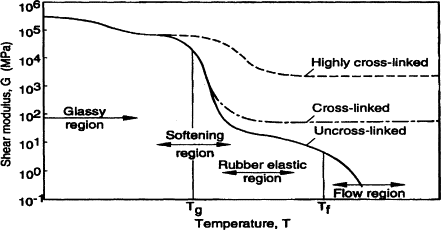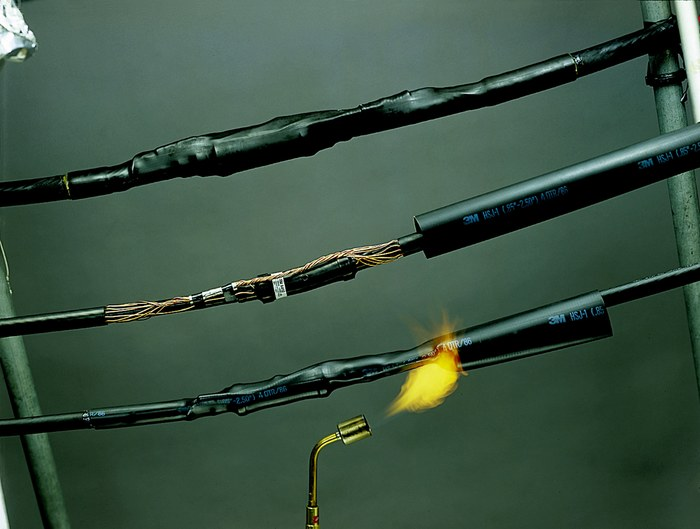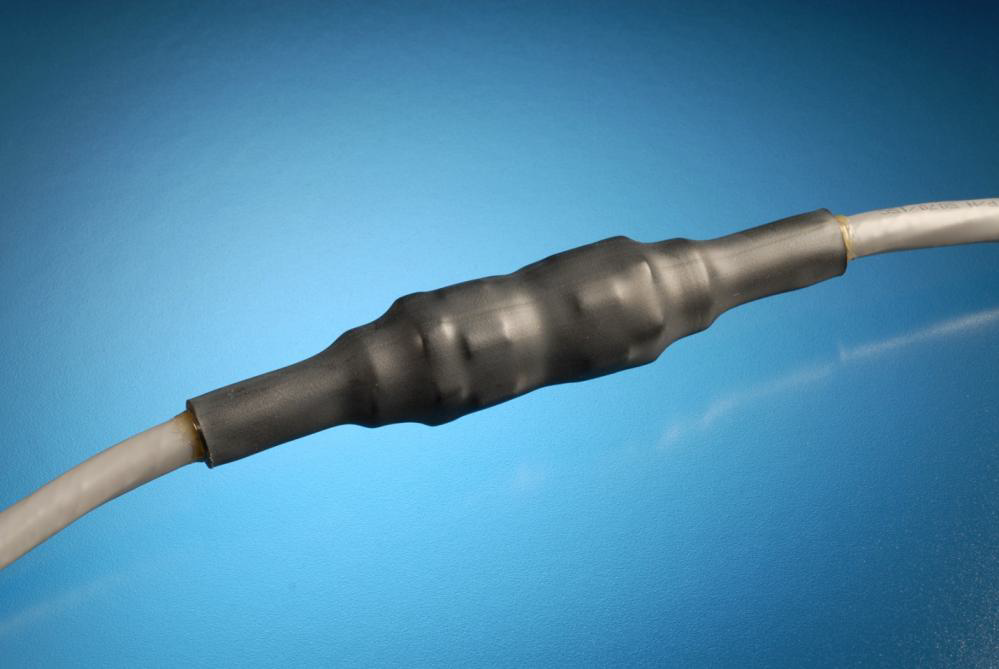Although we take it for granted, versatile and widely used heat shrink tubing is the result of advanced material science, and is available in a broad range of varieties and options.
Along with duct tape ad nylon cable ties, heat shrink tubing is an essential element in the engineer’s toolkit as well as manufacturing, production, and repair. It’s used for covering and protecting wire splices, of course, but also much more. It can be used to implement temporary or even long-live repairs on objects with irregular shapes, as it conforms to the object it is encasing. Among its many virtues, it’s easy to use — just slide it over the splice or object, heat with a hot-air gun (or match or flame, in some cases), and it magically shrinks down. (For some unknown reasons, heat shrink tubing is rarely referred to as “HST” even in our acronym-intensive world.)
Like so many other items we rely on almost without thinking, the story behind the development of HST, how and why it works, and what’s available is complicated. Since HST looks mundane and is truly an easy-to-use, versatile product, it’s easy to assume it is also trivial in other ways. Of course, that’s not the case at all, as this FAQ will explain.
Q: What is HST?
Scientifically, HST is made of cross-linked polymers, which are polymers in which the monomer units are linked together to form a three-dimensional network These thermoset and elastomeric polymers behave very differently than their counterparts, thermoplastic polymers. The mechanical behavior versus temperature of cross-linked polymers is shown by their shear modulus (ratio of applied stress to resultant strain) (Figure 1) compares the shear modulus between highly cross-linked, coarsely cross-linked and uncross-linked polymers.

Note that well-known elastomers with the characteristics of rubber in terms of flexibility and elasticity are loosely cross-linked polymers. These long, randomly coiled, loosely cross-linked materials can be stretched easily but return to their original shapes when the force or stress is removed (Figure 2).

Q: What is the unique attribute of HST?
A: As the name implies, the tubing diameter – but not length – shrinks as heat is applied. As the tubing shrinks around its diameter, it conforms tightly to whatever it is covering. This is due to the characteristics of the cross-linked thermoset polymer: when heated, it attempts to return to its original dimension.
Q: What is the most common use of HST?
A: It is primarily used to cover wire splices, for both physical protection and to maintain insulation across the splice area (Figure 3)

Unlike electrical tape, it doesn’t unravel or age, and it forms a more streamlined, conforming protective shell (Figure 4).

Not only does it Insulate cables and wires against electrical contact, heat, and abrasion, it can be used to harness multiple wires together, improve the look of wiring and harnesses, and add strain relief (Figure 5).

Q: Is the “shrink” process reversible?
A: Simple answer: No.
Q: What are some non-splice/non-cable applications for which HST is used?
A: As with duct tale and cable ties, HST is used for many applications beyond its original one. It is used to join broken sticks, encasing broken objects, and more. Unlike tape, it puts no residue on the object it is covering and is fairly strong. Unlike adhesives, it has no drying time or chemical aspects and does not “integrate with ” or affect the surface of whatever it is touching (which can be good or bad, depending on the situation).
Q: What polymers are used for HST?
A: Heat shrink tubing can be made of any one of a range of thermoplastics, including polyolefin, polyvinyl chloride (PVC), Viton (for high-temp and corrosive environments), Neoprene, polytetrafluoroethylene (PTFE), fluorinated ethylene propylene (FEP) and Kynar.
Q: What’s the history of HST?
A: Following World War II, it was discovered that radiation was capable of altering the molecular structure of certain plastics and induced cross-linking so that they wouldn’t melt or flow even as their temperature increased (this is in contrast to most polymers, which do so). In the late 1950s, Paul Cook, a chemical engineer and founder of Raychem, used what was called “radiation chemistry” (thus the name Raychem) to develop two products: lightweight aircraft cables, and heat-shrinkable tubing. In cross-linking, exposing a polymer to radiation creates covalent bonds between that polymer’s atoms. These covalent bonds also give polymers plastic memory, which means that once the polymer has been cross-linked and stretched into an expanded shape, it will automatically shrink back to its original dimensions when a certain amount of heat is applied.
Q: So, how is HST made? And what’s this about “radiation”?
A: Manufacturing of tubing begins a standard extrusion process. The base material is mixed with other additives such as colorants and UV stabilizers, then extruded. To transform the monomers, the cross-linking to create the polymers is done by irradiation after extrusion, or by chemical means during the plastic formulation and extrusion phase. The details of how this is done are trade secrets: PVC, polyethylene, polyamides, and others are usually cross-linked by electron-beam processing. In contrast, other polymers need an alpha-ray or gamma-ray source, or even UV light or RF radiation.
Q: Once the tubing is made into a cross-linked polymer, what happens?
A: The cross-linked tube is then stretched – usually by air pressure – to the desired dimension (typically twice its original diameter). At this point, it is in its expanded state where the material has memory. When the tubing is exposed to high heat, commonly referred to as the shrink temperature or activation temperature, it relaxes back to its original diameter and is in its recovered state.
Q: Who makes HST, in addition to Raychem?
There are many sources worldwide, among them 3M, Sumitomo, Alpha Wire, and Elcon. The full list is fairly long.
Part 2 of this FAQ looks at the many varieties and extensions of HST.
EE World References
“Stress & Strain, Part 1: Fundamental principles”
“Stress & Strain, Part 2: Implications for electronics”
External References
- Wikipedia, “Heat-shrink tubing”
- Science Direct, “Cross-Linked Polymers”
- Cable Organizer, “Heat Shrink Tubing: How It Was Invented, and Why We Use It”
- Epec Engineered Technologies, “What is Heat Shrink Tubing and How is it Used?”
- Allied Wire and Cable, “Frequently Asked Questions: Heat Shrink Tubing”
- Alpha Wire, “The Perfect FIT® for Any Need”
- HellermannTyton, “Transparent heat shrink tubing allows for easy visual control of splices”
- Techflex, “What is the VW-1 test?”



Leave a Reply